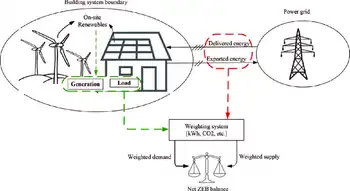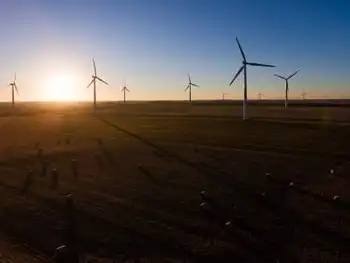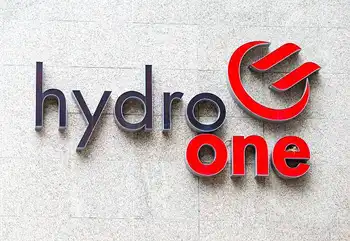Siemens boasts carbon capture breakthrough
STAUDINGER, GERMANY - Siemens Energy, a subsidiary of German engineering giant Siemens AG, has claimed a 90 carbon capture rate for its carbon capture storage CSS pilot at the Staudinger coal-fired power plant in Germany.
The company has just completed the first phase of its post-combustion CCS, or PostCap, pilot at the plant in Grosskrotzenburg near Hanau, claiming the process captured more than 90 of carbon emissions with practically zero solvent emissions. Siemens claimed the energy consumption was significantly lower than comparable conventional processes.
The news comes just a fortnight after one the carbon capture projects the technology was chosen for was canceled. Energy company Fortum Oyj announced that it had pulled the plug on the Finncap project in Finland, a proposed large-scale demonstration plant at the 565-megawatt MW Meri Pori plant.
The PostCap technology was installed at Unit 5 of the Staudinger plant in September last year and has been running for more than 3,000 hours, capturing some of the flue gas. Unlike amine-based post combustion scrubbing agents, PostCap uses an aqueous amino acid salt solution, which is non-volatile and leaves virtually no solvent emissions at the outlet of the capture facility. This means that the process does not require any complex downstream scrubbing of the flue gas after CO2 capture.
"For us a major requirement made on our process is to produce no new emissions during CO2 capture and to provide simple handling for power plant operators," said said Nicolas Vortmeyer, CEO for New Technologies Fossil Power Generation at Siemens Energy. "From the very outset we've therefore been using aqueous solutions of amino acid salts as the scrubbing agent, which does not represent a hazard for humans or the environment."
He added: "Setting the course at an early stage is now paying off. We've confirmed with the first operating results at our pilot facility that our CO2 capture process is not only highly efficient but also meets the most stringent requirements on environmental compatibility without additional downstream scrubbing. We will continue pilot plant operation in order to gain further expertise".
The successful pilot clears the way for the technology to be rolled out for a larger scale, 1-MW deployment at the Big Bend coal-fired plant in Florida, operated by TECO Energy Incorporated.
Related News

Solar power is the red-hot growth area in oil-rich Alberta
CALGARY - Solar power is beating expectations in oil and gas rich Alberta, where the renewable energy source is poised to expand dramatically in the coming years as international power companies invest in the province.
Fresh capital is being deployed in the Alberta’s electricity generation sector for both renewable and natural gas-fired power projects after years of uncertainty caused by changes and reversals in the province’s power market, said Duane Reid-Carlson, president of power consulting firm EDC Associates, who advises on electric projects in the province.
“From the mix of projects that we see in the queue at the (Alberta Electric System…




